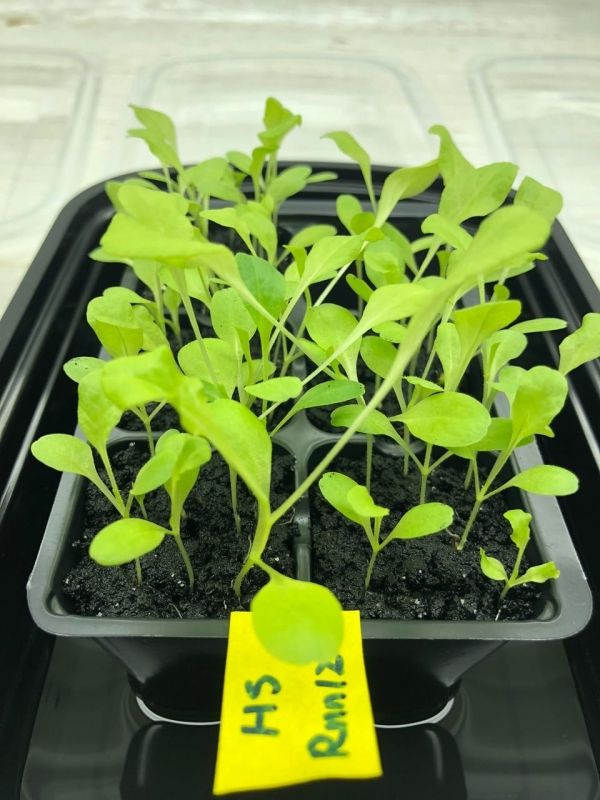Rice University engineers have figured out how soil contaminated by heavy oil can not only be cleaned but made fertile again.
How do they know it works? They grew lettuce.
Rice engineers Kyriacos Zygourakis and Pedro Alvarez and their colleagues have fine-tuned their method to remove petroleum contaminants from soil through the age-old process of pyrolysis. The technique gently heats soil while keeping oxygen out, which avoids the damage usually done to fertile soil when burning hydrocarbons cause temperature spikes.
While large-volume marine spills get most of the attention, 98 percent of oil spills occur on land, Alvarez points out, with more than 25,000 spills a year reported to the Environmental Protection Agency. That makes the need for cost-effective remediation clear, he said.
Read more at Rice University
Photo: Lettuce growing in once oil-contaminated soil revived by a process developed by Rice University engineers. The Rice team determined that pyrolyzing oil-soaked soil for 15 minutes at 420 degrees Celsius is sufficient to eliminate contaminants while preserving the soil’s fertility. The lettuce plants shown here, in treated and fertilized soil, showed robust growth over 14 days. CREDIT: Wen Song


